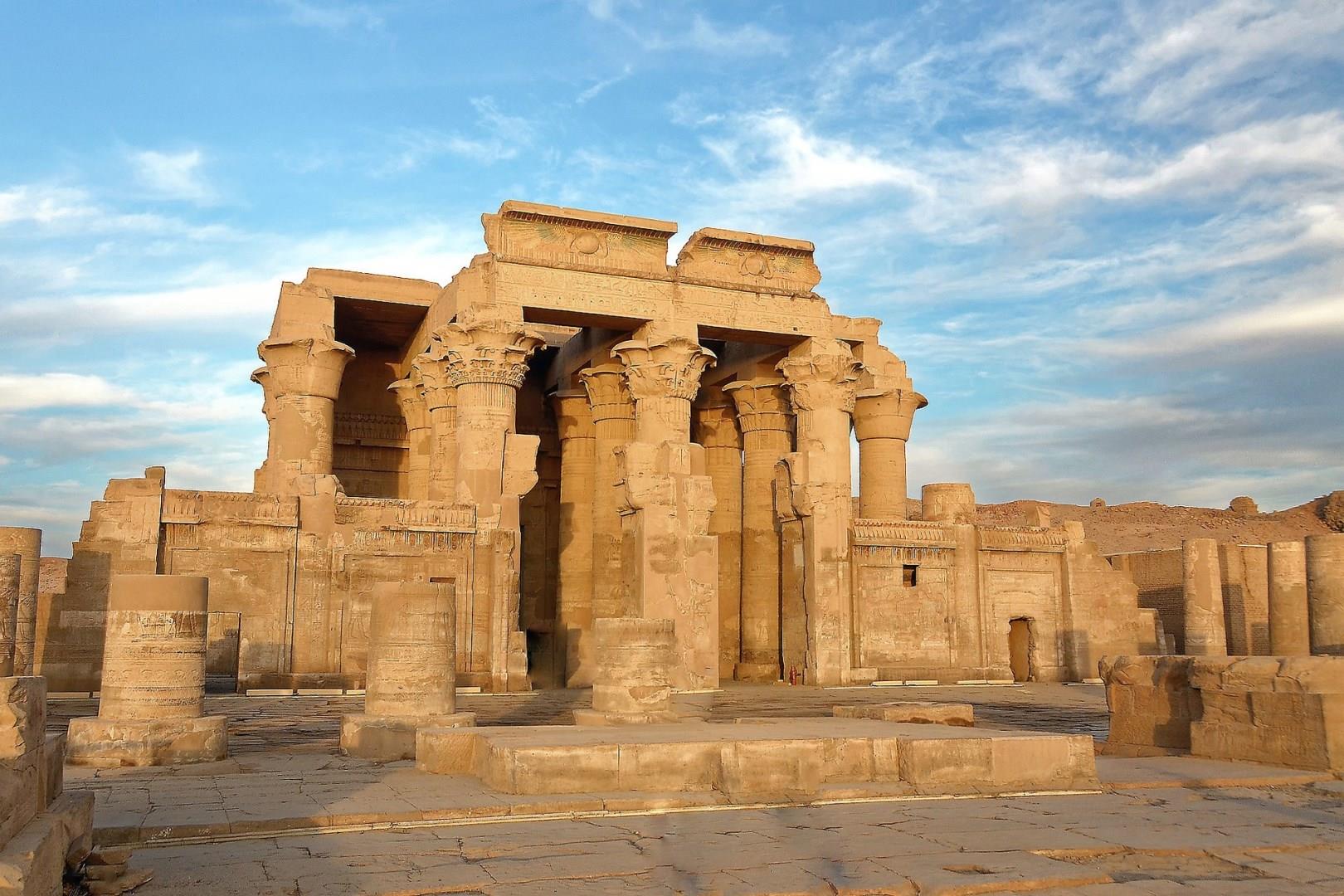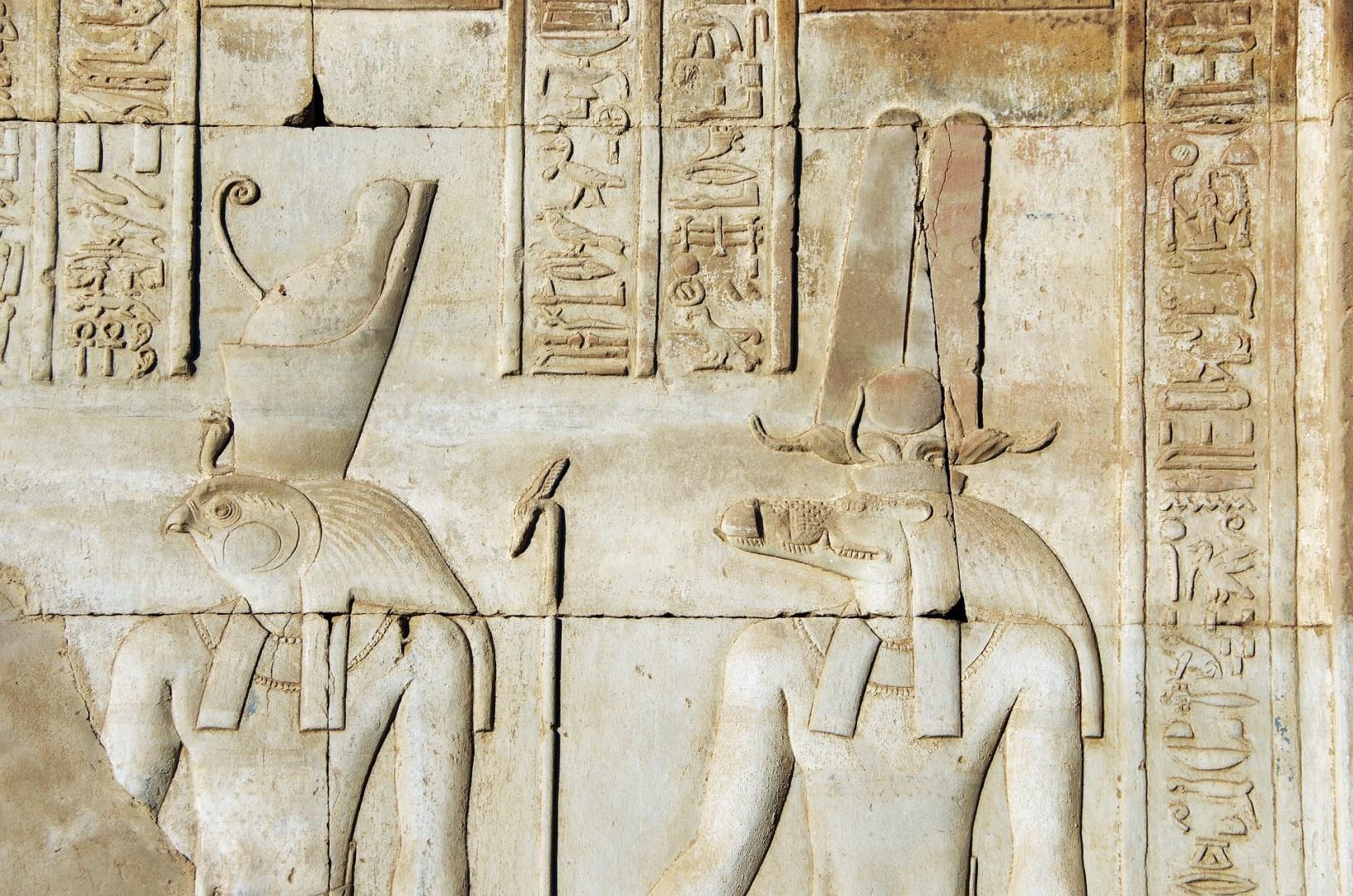
MARINA TOURS AND TRAVEL
¡El mejor precio para su próximo viaje!
(602) 268-0030

¡El mejor precio para su próximo viaje!
(602) 268-0030







Kom Ombo, a hidden gem along the Nile River in southern Egypt, is a destination that seamlessly blends ancient history, captivating architecture, and scenic beauty. This charming town is renowned for the Temple of Kom Ombo, a unique double temple dedicated to two deities: Sobek, the crocodile god, and Horus, the falcon-headed god of the sky. The temple's twin design is a rare feature in ancient Egyptian architecture, with mirror-image halls, sanctuaries, and chambers that reflect its dual dedication. Built during the Ptolemaic dynasty (180-47 BC), the temple's intricate reliefs and hieroglyphics offer fascinating insights into ancient Egyptian beliefs, medical practices, and daily life.
A visit to Kom Ombo is not complete without exploring the Crocodile Museum, located just a stone's throw from the temple. This museum houses a collection of mummified crocodiles and other artifacts dedicated to Sobek, showcasing the deep reverence the ancient Egyptians had for the Nile’s fearsome creatures. As you wander through the museum, you can discover the significance of these animals in ancient mythology and their role in the spiritual and agricultural life of the region. It’s an experience that brings to life the spiritual and cultural dimensions of ancient Egypt in a tangible way.
Beyond its historical treasures, Kom Ombo offers a serene riverside setting that makes it a perfect stop on a Nile cruise. Picture yourself gliding down the Nile at sunset, with the Temple of Kom Ombo majestically illuminated against the twilight sky—a truly unforgettable sight. The surrounding countryside, dotted with lush sugarcane fields and traditional Nubian villages, invites exploration. You can take a felucca ride on the Nile or enjoy a leisurely stroll through the local markets, where vibrant textiles, spices, and handcrafted goods offer a taste of local culture and traditions.
A fun fact about Kom Ombo is that it was not only a religious center but also a site of great scientific importance. The temple contains one of the earliest known depictions of medical instruments carved into its walls, hinting at the advanced medical knowledge of ancient Egyptian priests who likely performed surgeries and treatments here. These carvings are believed to be among the oldest records of surgical tools, offering a glimpse into the sophisticated practices of the time. For those intrigued by ancient history and archaeology, Kom Ombo presents an irresistible destination where stories from millennia ago come to life.